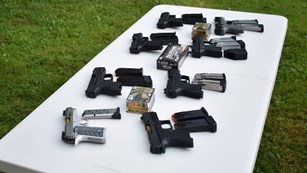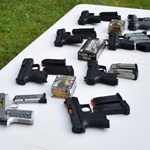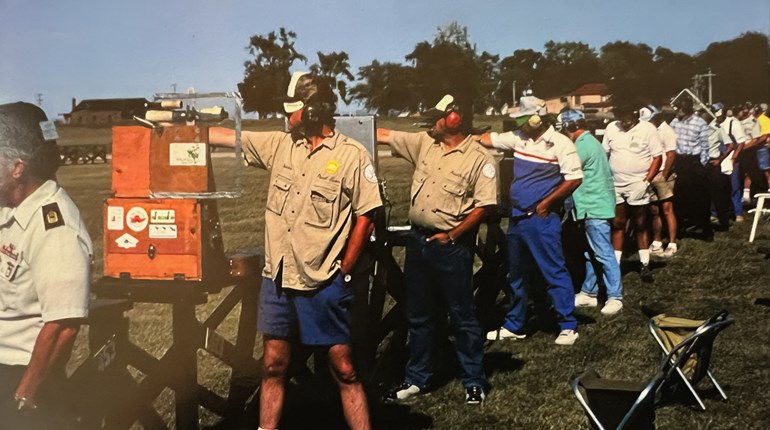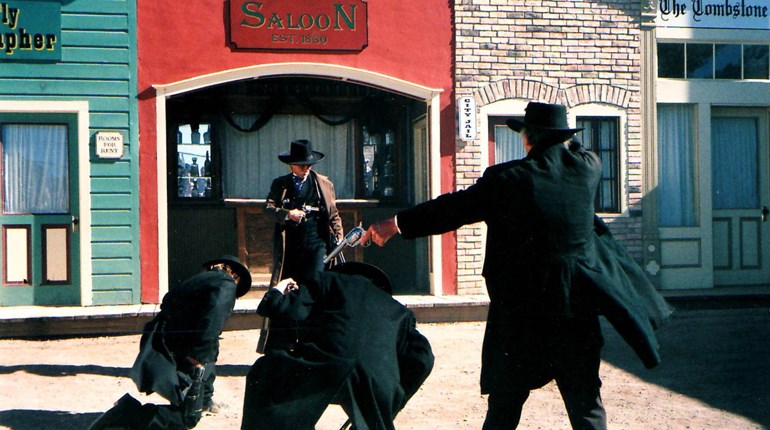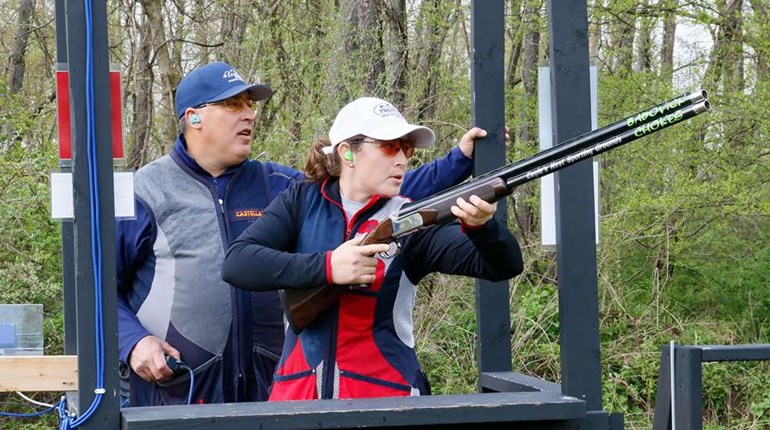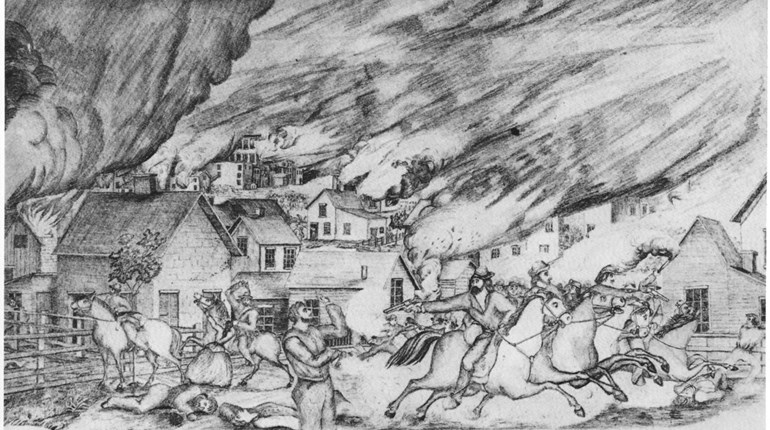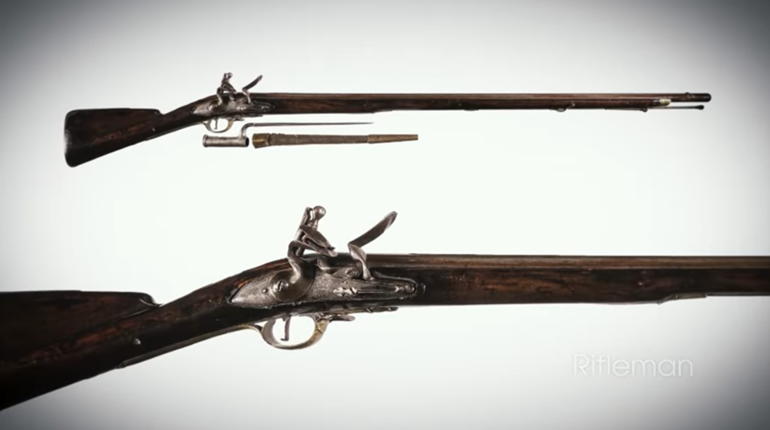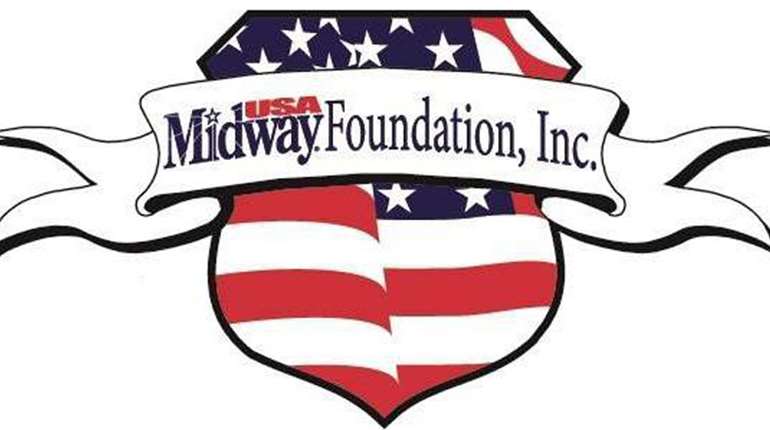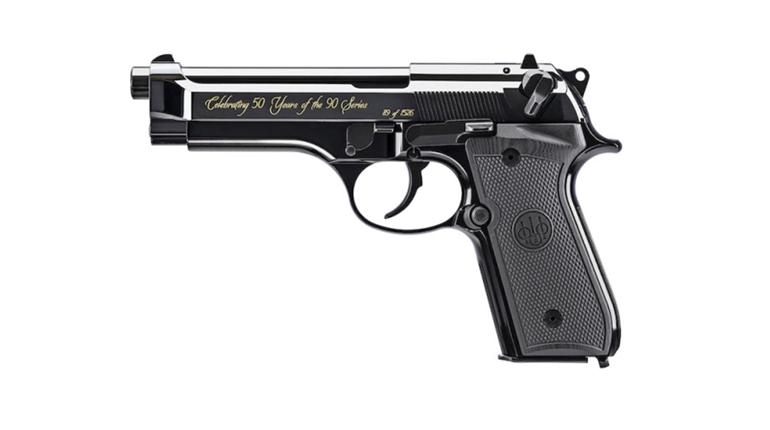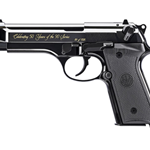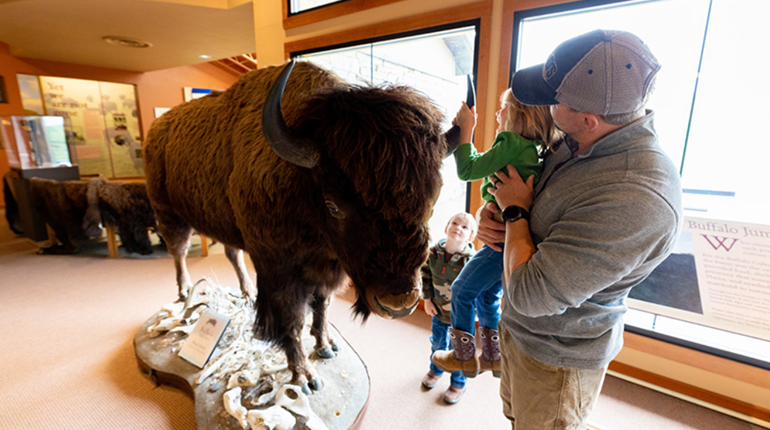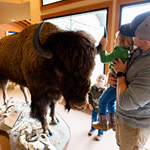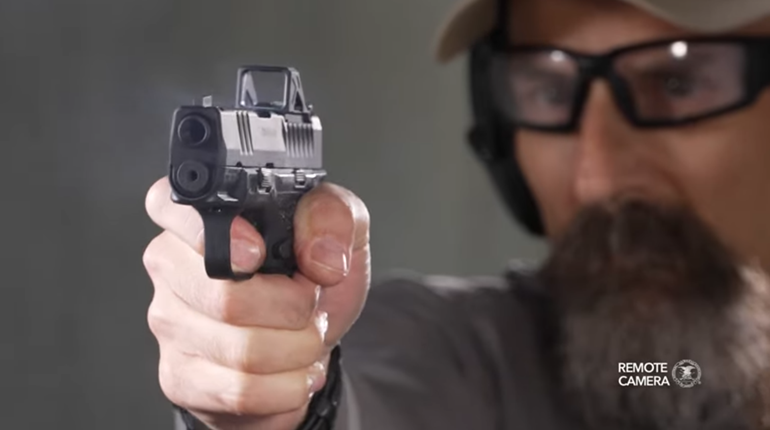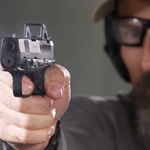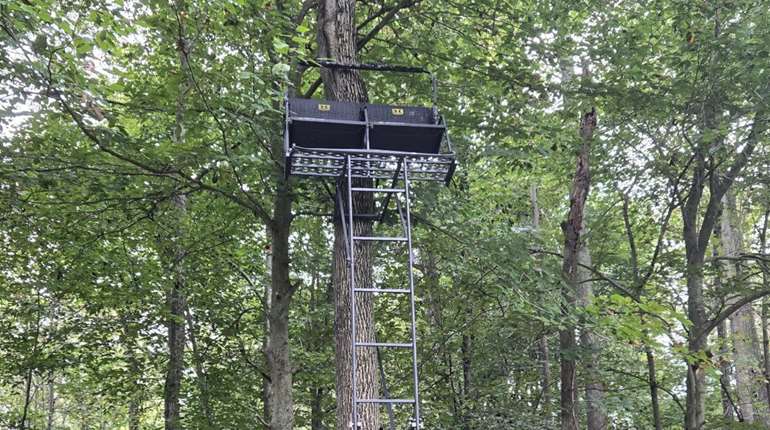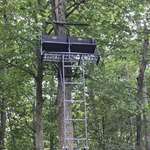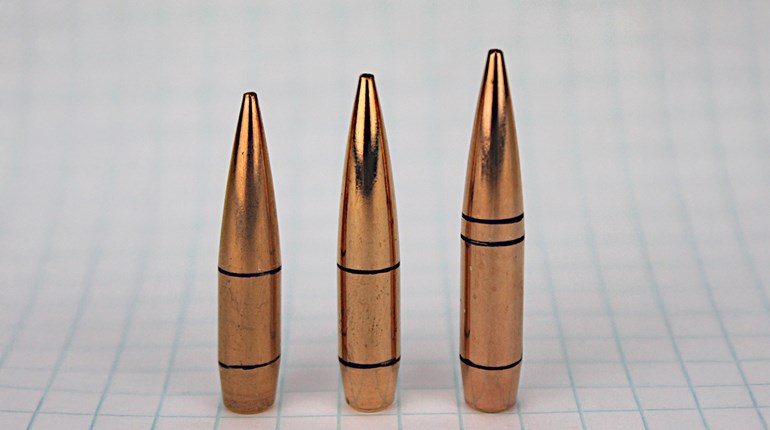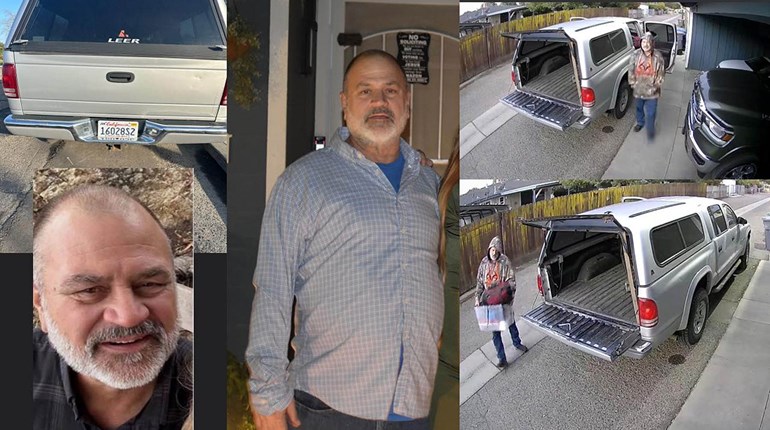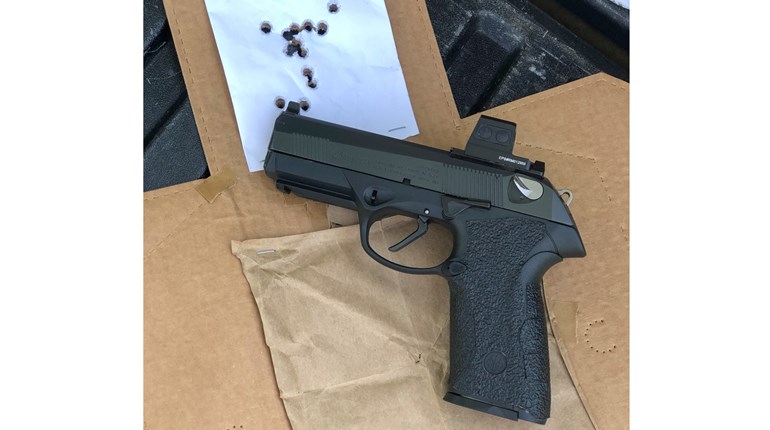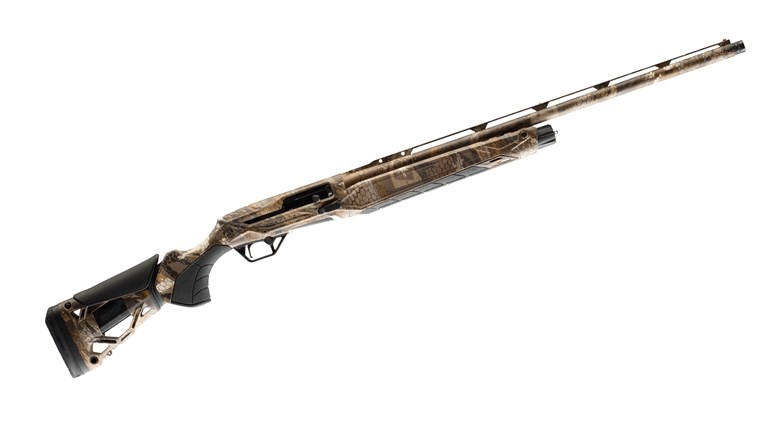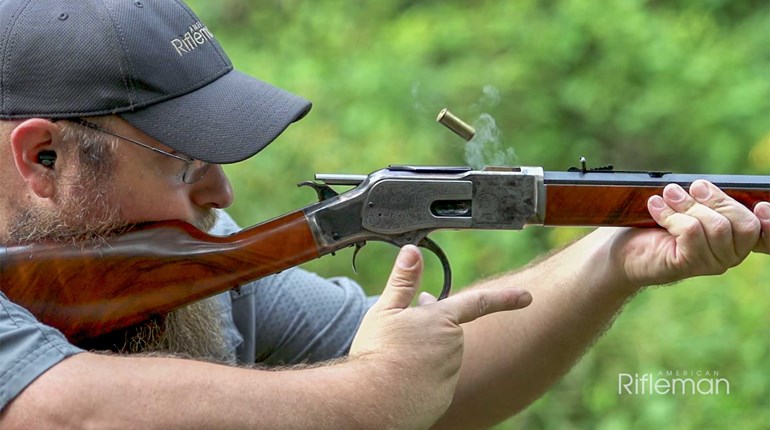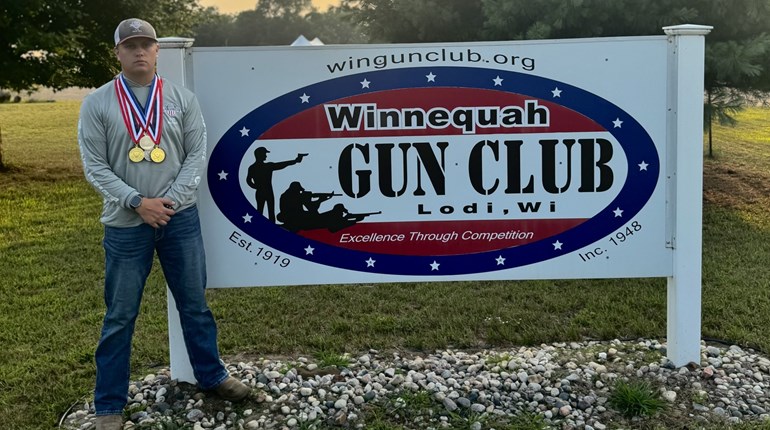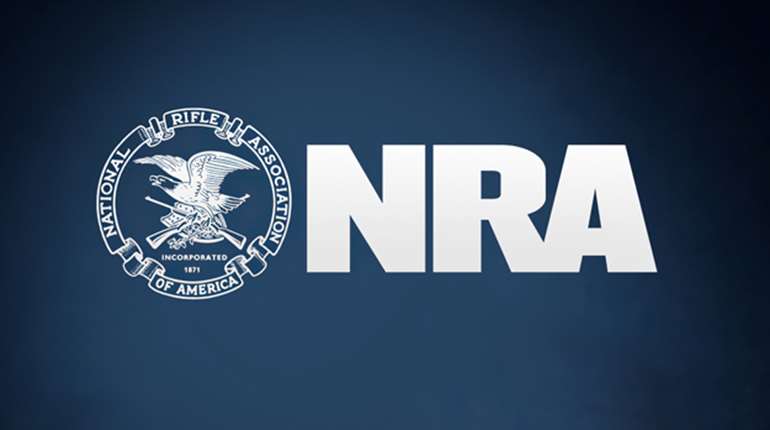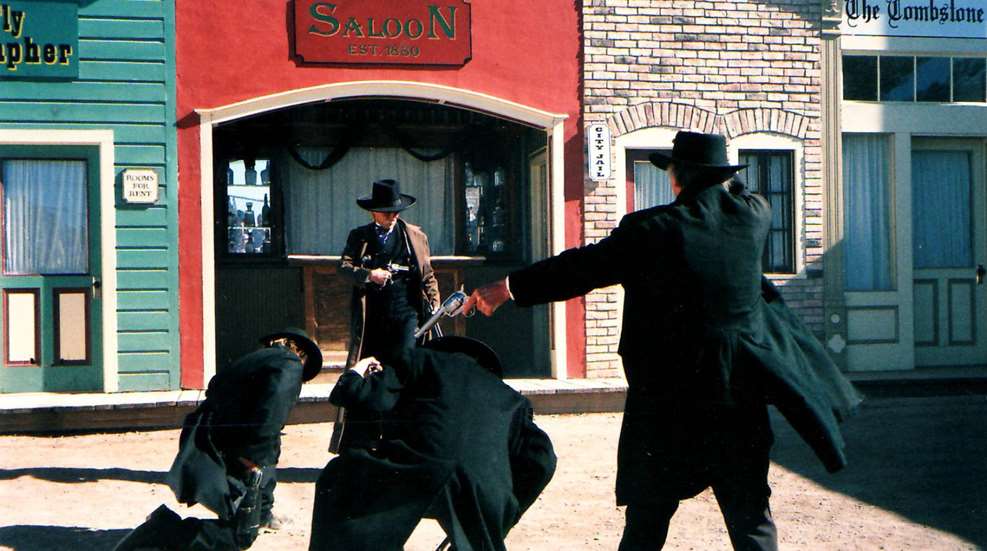
They were called gun-men, gunmen, shootists, man-killers, and gunslingers, but the Western press eventually settled on the all-inclusive term "gunfighter." By definition, they were “anyone in the Old West who took part in one or more notable exchanges of gunfire among civilians, not involving Native Americans or the military.” The Gunfighter Era lasted nearly 40 years, roughly from the end of the Civil War in 1865 to 1901, when the two outlaws Butch Cassidy and Harry Longabaugh (The Sundance Kid), to avoid capture, boarded a steamer in New York headed for South America.
Surprisingly, most of those men who made their living dealing death with a firearm—handgun, rifle, or pistol—hailed from just a handful of southern states, but one state in particular led the way. “Texas … produced far more gunfights and far more gunfighters than any other,” writes Bryan Burrough, author of the new book (2025) The Gunfighters: How Texas Made the West Wild.
He continues, “Of the fifty states, Texas is the only one to defeat a foreign power at war, the only one to emerge as an independent nation as a result. During much of the nineteenth century, it was the only state with not one but two violent frontiers—the Mexican border, where Texans fought bandits and the incursions of an embittered Mexican army, and the Native American frontier, the site of hundreds of desperate battles and atrocities involving the Comanche and their allies, which cut the state in half on a diagonal into the 1870s.
“What emerged was a highly martial culture, its people deeply attuned to violence and expert at it. It’s no surprise it was Texans who first popularized the newfangled revolvers that ushered in the Gunfighter Era.”
The single-action, blackpowder revolver (typically .44 caliber) that Burrough is referring to was the famous Colt Walker six-shooter, the first of its kind. Developed in 1846 by two Samuels, inventor Samuel Colt and Texas Ranger Samuel Walker, their handgun was huge, measuring 15" in length and weighing a whopping 4.5 lbs.! The gun was truly revolutionary both in function and design, and gunfighters were quick to adopt this new technology in firepower. Now that the West had its iconic firearm, the age of the American gunfighter was set to begin.
But before relating a true gunfighting tale and the bullets begin flying, it’s important to understand the culture of the gunfighter, why these men acted as they did; at times, it seems, shooting/killing another man for little or no apparent reason. In essence, gunfighters of the Old West were still living by the honor code of the antebellum South. Mostly unwritten but yet well understood by all, the code demanded strict adherence to showing respect to other men and expecting the same in return. Honesty, courtesy, bravery, and other such positive characteristics were highly valued. But if respect was not forthcoming, it could ultimately lead to a formal duel, usually fought at close range with a matched pair of single-shot, black-powder, smoothbore dueling pistols.
What was considered such an affront that one man was willing to kill another to defend his so-called honor? A single insulting word might be all that was necessary to ignite violence: liar, poltroon, coward, puppy, fornicator, madman, bastard, and many more. The ultimate insult, however, was for one man to beat another with a cane, or, unbelievably, pull his nose. To not respond to such a challenge was simply not an option. It was this formal dueling culture of the 1700s, then, that Americans carried with them when moving west in the 1800s. The major difference was that the West was far less formal than the East, the gunfights having far fewer rules, if any.
One of the first and best examples of formal duels giving way to gunfights in the Old West involved one of history’s best-known gunslingers, James Butler “Wild Bill” Hickok. His opponent was Davis Tutt; each man not yet 30 years old. On July 11, 1865, just before six o’clock in the evening, both men stepped into the town square of Springfield, Missouri, facing each other, armed.
Like so many hundreds if not thousands of similar showdowns to come in the future, the bone of contention of this particular gunfight was a disputed card game. Hickok had lost, owing Tutt money, so to cover his debt he laid his gold Waltham pocket watch on the poker table as collateral; hoping to win it back, plus more, in subsequent hands. But Tutt quickly snatched up the watch and walked out, snubbing Hickok’s honor.
Word quickly spread, with townsfolk gathering on the wooden sidewalks to witness the confrontation they were sure was coming. As Hickok walked into the street, in his hand he held a Colt Navy revolver. From an estimated distance of 75 yards, he stopped and yelled at his opponent, “Dave, here I am,” then slid his pistol back into its holster.
Both men, who had once supposedly been friends, stood staring at each other for several moments. They then pulled their guns simultaneously and fired, the two shots sounding as one. Tutt shot from the hip, missing Wild Bill cleanly. Hickok, the more experienced pistolero, brought his left forearm up, laid the barrel of his Colt across it, took careful aim and pulled the trigger.
For a second or two, no one on the sidewalks could tell if Hickok’s bullet had found its intended mark, but soon a bloody stain began spreading across Tutt’s chest as he cried out, “Boys, I’m killed!” Tutt staggered forward onto the courthouse steps, then fell back into the street, dead, shot through the heart.
Ensuing 20th century Western movies, TV programs, and dime novels would have us believe it was the “quick-draw artists” who made the best gunfighters. Men like Wyatt Earp and Wild Bill Hickok disagreed, believing that a hurried first shot more times than not led to a miss. It was accuracy that mattered.
But ultimately, what truly mattered most in the Old West was honor. When Hickok was preparing to face Tutt, an acquaintance asked him why he was doing it, why he would confront a man who had once been his friend. Hickok explained the dispute about the watch, then added, “You don’t want me to give up my honor, do you?”
The man thought about it, then responded, “No, Bill. You must keep your honor.”

